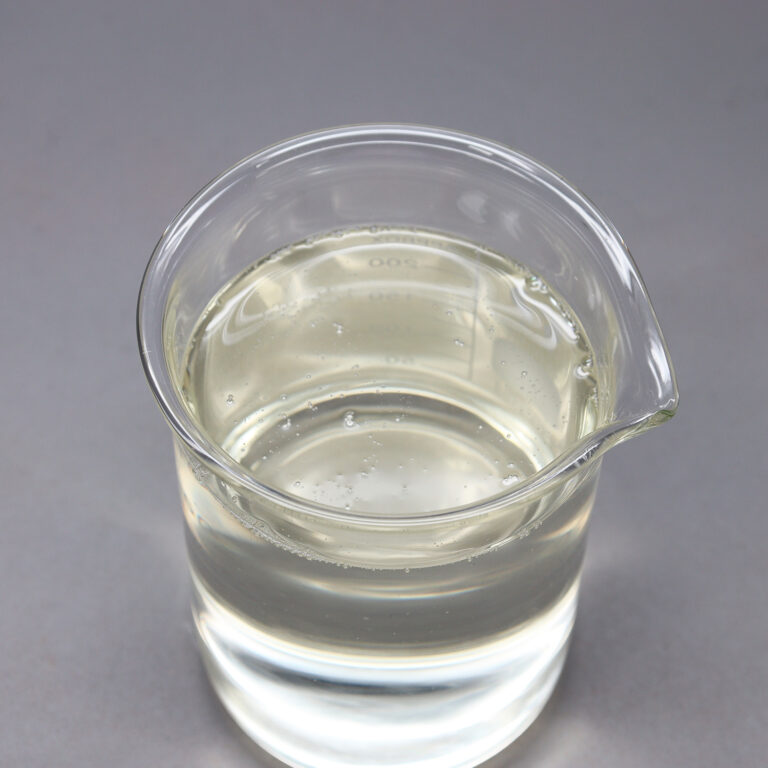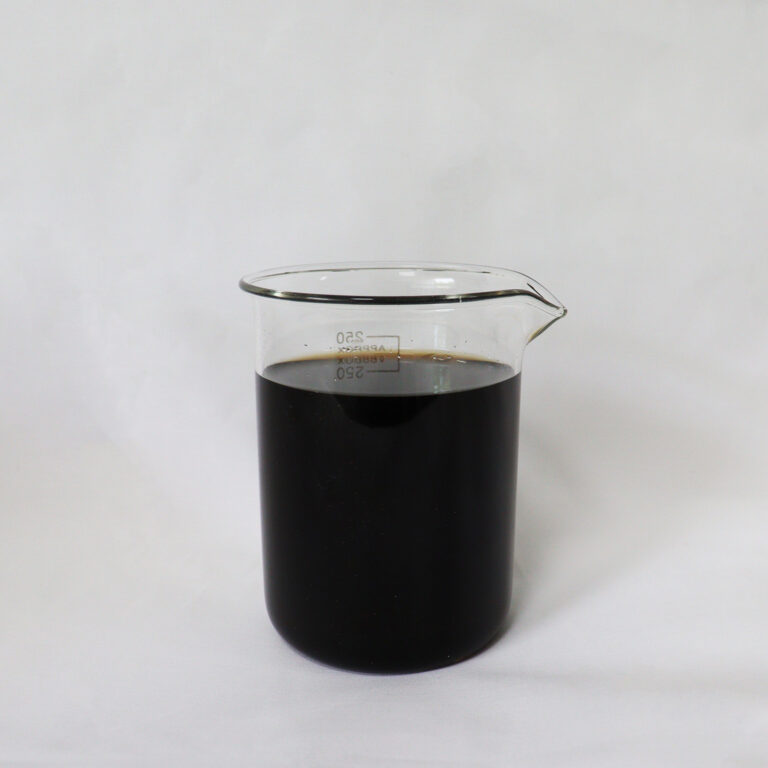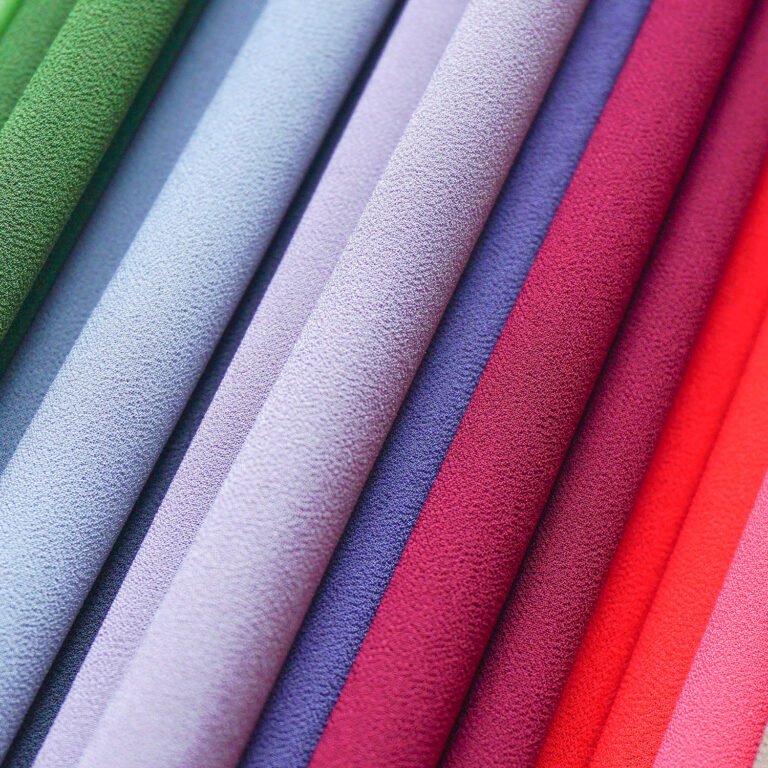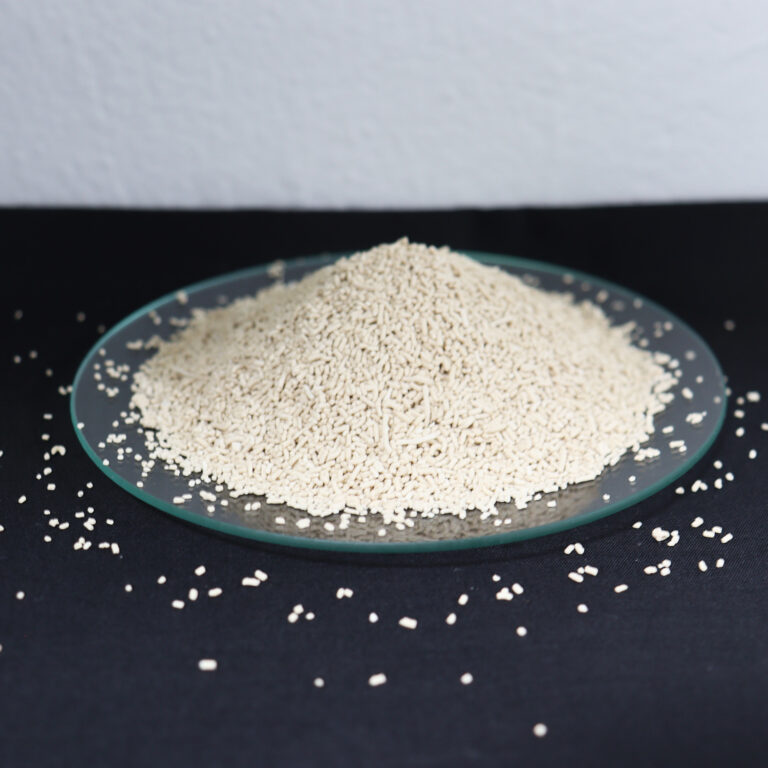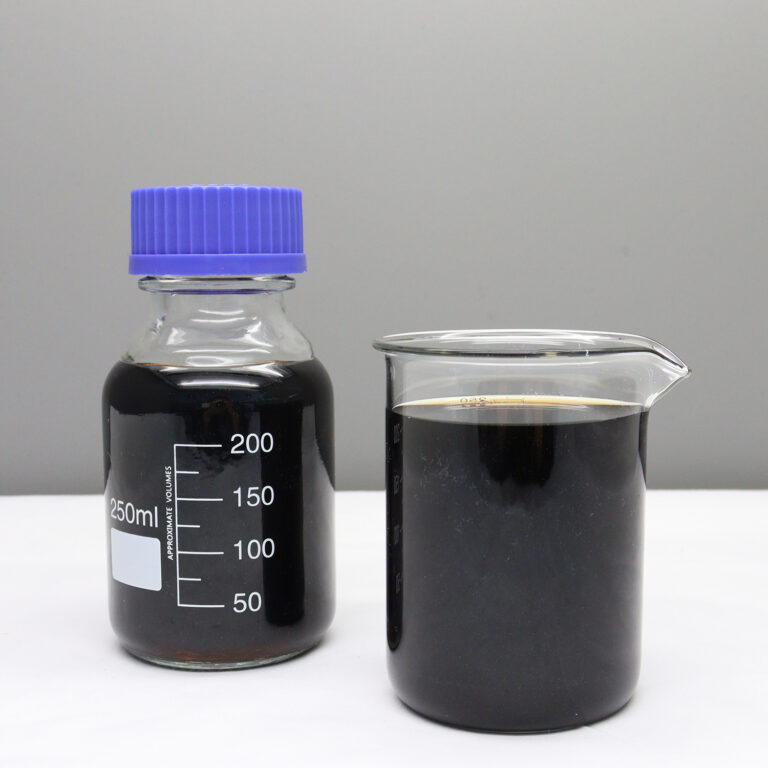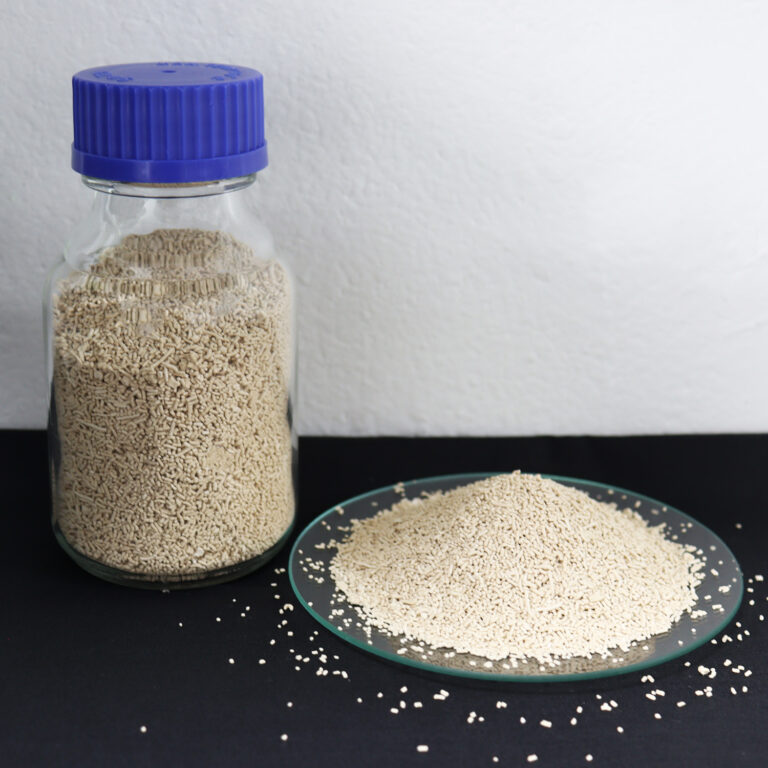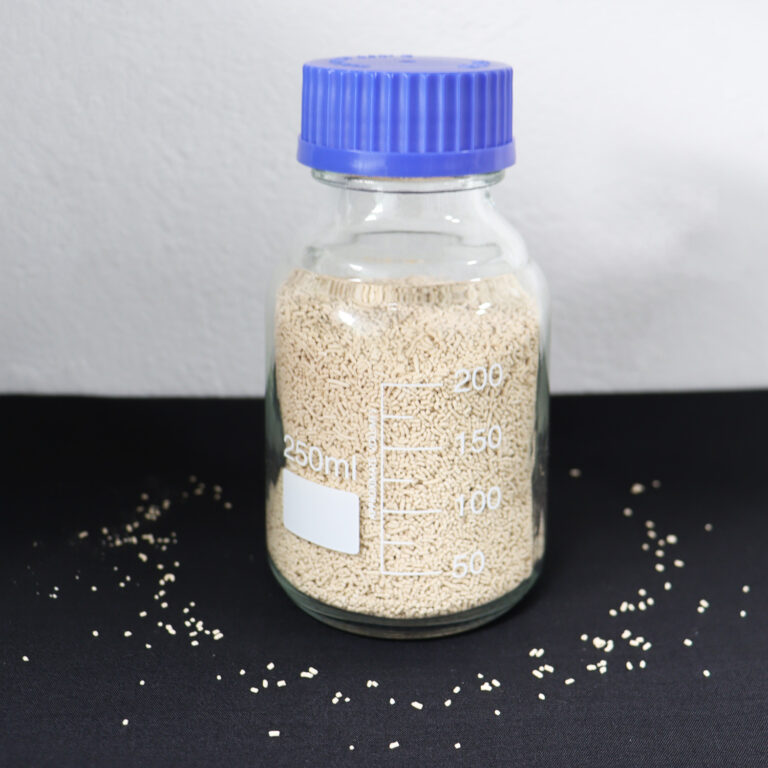In textile finishing, selecting the appropriate silicone softener is essential to achieving the desired hand feel, durability, and process efficiency. Cotton, polyester, and their blends each interact differently with chemical softeners, which means a one-size-fits-all approach may compromise quality. This guide outlines key considerations for choosing the right silicone-based softener tailored to your fabric type.
1. Understand the Fabric’s Nature
- Cotton: A natural fiber that is highly absorbent. Requires a softener that enhances softness without yellowing or affecting breathability. Amino silicone softeners are often suitable.
- Polyester: A synthetic fiber that is hydrophobic and less absorbent. Needs a softener with excellent film-forming ability to impart smoothness and reduce static.
- Cotton-Polyester Blends: Require a balanced formulation that works well with both fiber types, offering softness and elasticity without affecting the fabric’s strength.
2. Select Based on Softener Type
- Hydrophilic Silicone Softeners: Recommended for towels, activewear, or cotton garments where water absorption must be preserved.
- Blocked Amino Silicone Softeners: Offer a soft, silky feel with low yellowing risk. Ideal for high-white or pastel cotton and blends.
- Micro-Emulsions vs. Macro-Emulsions: Micro-emulsions penetrate better into fiber structure and are preferred for fine fabrics. Macro-emulsions give stronger surface effects and are more cost-effective.
- Silicone Beads or Flakes: Offer storage stability and ease of handling. Suitable for customizing dosage in both exhaust and padding processes.


3. Evaluate Processing Requirements
- Application Method: Padding, exhaust, or spray—different softeners have varying performance in each process.
- Temperature Resistance: Consider the fabric’s finishing conditions. Choose a softener with good shear and heat stability if used in high-temperature settings.
- Compatibility: Ensure the softener does not interfere with dyes, coatings, or other finishing chemicals in your process line.
4. Consider End-Use and Desired Feel
- Home Textiles: Softness and bulk are critical. Use a fuller-bodied softener like high-viscosity amino silicone.
- Garments: A smooth, drapable finish with a “silky” hand feel is desired. Low-yellowing, hydrophilic silicone emulsions work best.
- Sportswear: Breathability and moisture wicking must remain intact. Use breathable silicone softeners that do not block pores.
5. Test Before Full-Scale Use
Always run lab or pilot tests before bulk production to assess:
- Hand feel performance
- Color stability (no yellowing or fading)
- Fabric strength retention
- Washing durability
Customized Solutions and Expert Support for Your Textile Softening Needs
At Meixin Biotech Co., Ltd., we understand that every textile manufacturer has unique requirements depending on the fabric type, production process, and end-use application. That’s why we offer customized silicone softener solutions tailored to optimize softness, durability, and fabric performance for cotton, polyester, and blended textiles. Our technical team works closely with customers to develop formulations that meet specific hand feel, processing conditions, and environmental standards.
Whether you need silicone softener beads, emulsions, or flakes, we provide comprehensive support including product samples, technical datasheets, application guidelines, and on-demand expert consultation. Our goal is to help you enhance your fabric quality, improve production efficiency, and reduce costs with the best-suited softener solutions.
For inquiries or to discuss your project requirements, please do not hesitate to contact us at:
connie.huang@meixinbiotech.com
Softening Auxiliaries Articles
How Fabric Softener Flakes Improve Hand Feel in Garment Finishing
Silicone Softener Beads vs. Emulsions: Pros and Cons for Textile Finishing
Softergent Flakes vs. Liquid Softeners: Which Should You Use?
Top 5 Applications of Silicone-Based Softeners in Modern Textile Processing
How Silicone Softening Beads Improve Fabric Feel and Process Efficiency
Silicone Fabric Softener vs. Traditional Softeners: Which Is Better?
What Is a Silicone Softener for Textiles? Benefits, Types & Applications
Understanding Fabric Softener Flakes: Types, Usage & Key Advantages
Does Silicone Softener Affect Color Fastness? Application Tips for Garment Dyeing
How to Apply Silicone Fabric Softeners in Dyeing & Finishing Processes
Where to Buy High-Quality Silicone Softener for Textiles (2025 Guide)
How to Choose the Right Silicone Fabric Softener for Cotton, Polyester & Blends
Top Exporters & Manufacturers of Silicone Softening Beads in China
Understanding Fabric Softener Flakes and Their Role in Textile Care
Is Bead-Type Softener Suitable for Export? 5 Key Questions + Packaging, Storage & Transport Tips
5 Key Questions to Ask Before Buying Silicone Softeners for Garment Production
How High-Concentration Softeners Help Garment Factories Reduce Production Costs
Bead vs. Liquid Silicone Softeners: Which Is Better for Mass Fabric Processing?
Eco-Friendly Silicone Fabric Softeners: Are They Worth the Switch?
FAQs About Silicone Softener for Textiles: Everything Importers Need to Know


